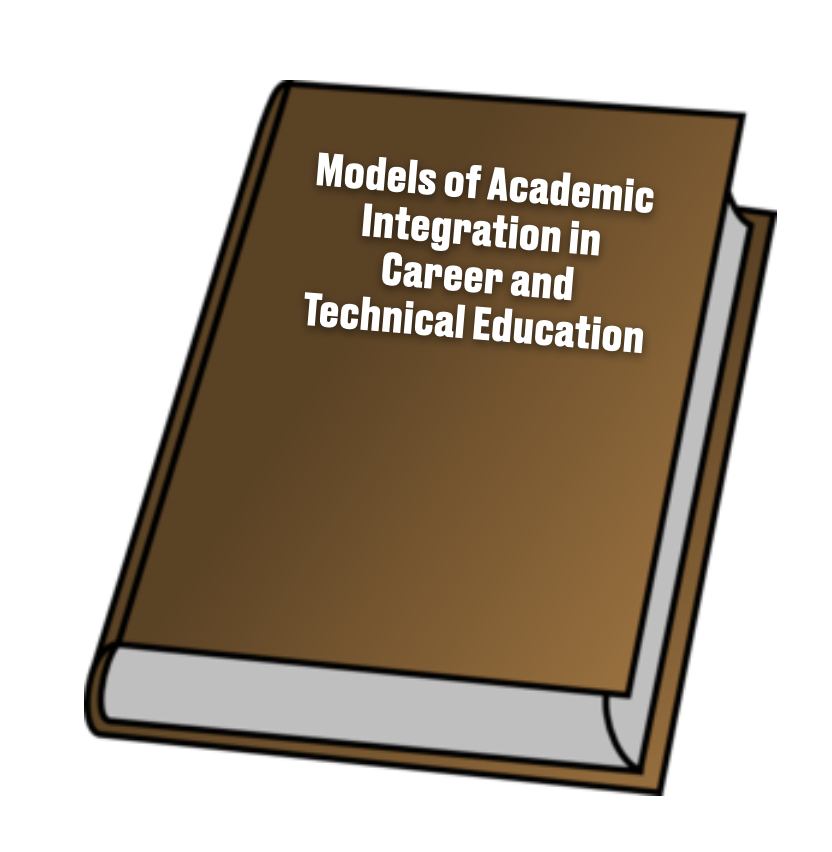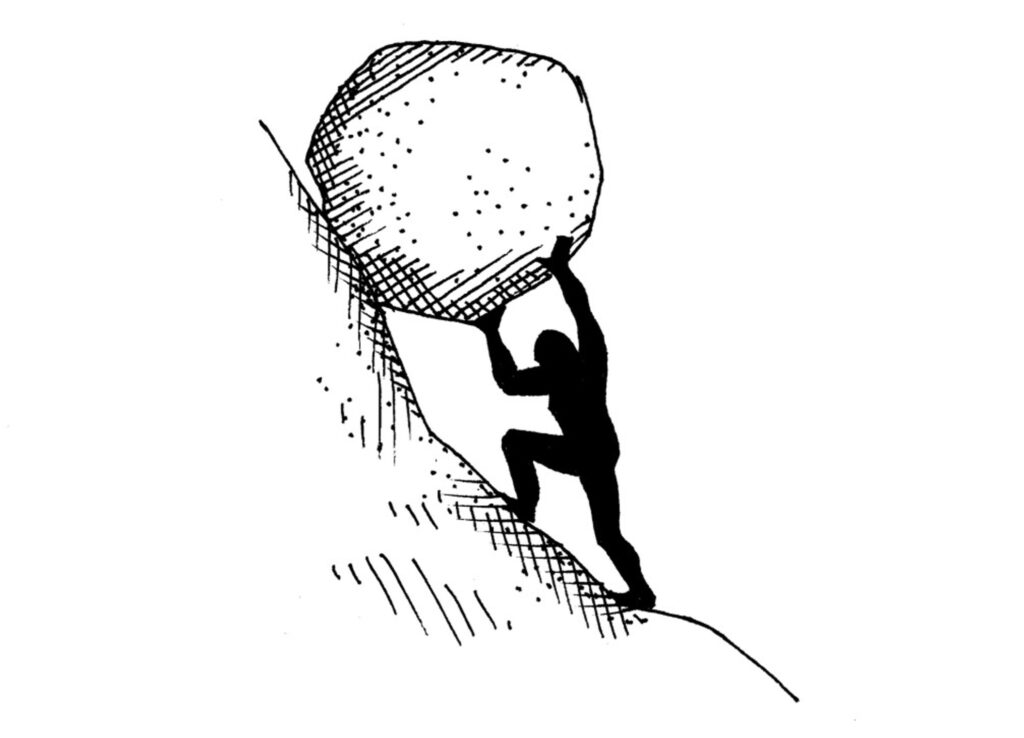
In an earlier blog, I discussed some significant obstacles in schools that make it difficult to increase teacher collaboration among academic and CTE teachers to bring more relevance and rigor to instruction. These obstacles include diploma requirements, teacher certification, teacher security, and teacher evaluation.
This blog provides suggestions to school leaders on strategies to help to overcome these institutional system barriers. The first of these are several state initiatives that will likely require lobbying for State Education Department policies to allow greater flexibility.
- States should allow more opportunities for integration through crossover credit. Often there are academics immersed within Career and Technical education courses. When this occurs, students can earn a single course credit but can be used to meet two credits in graduation requirements by checking off both a Career and Technical course and an academic course. States can establish the conditions under which these credits can be awarded, which provides great flexibility for students.
- Another Initiative states can provide is to designate individual courses that can be assigned to multiple teacher certification areas and/or diploma requirements. As more and more technology is introduced in education, there becomes a greater overlap of courses. An example is computer graphic design, which can be used to satisfy art requirements or a CTE program.
- The state should provide more alternative routes for certification. instead of the traditional model of students going on to for your college and earning an education or teaching certificate, individuals changing careers should have opportunities to earn teaching credentials based on their work experience. This is an opportunity to bring more diverse teachers with real-world experience and increase the pool of potential teachers. Teachers with industry experience often see more opportunities in instruction to bring relevance to their teaching and, depending on experience, could hold certificates in Academic areas and CTE.
- More and more states are considering moving away from the traditional Carnegie unit diploma requirement, where courses are based upon a time requirement and perhaps end-of-course assessments. This competency-based approach awards achievement based on actual skills developed, often including student performances. A competency-based approach provides greater opportunity for students to achieve the diploma requirements through more integrated project-based learning.
Following are local initiatives school leaders can embrace within existing requirements and the structure of the school.
- Schools have great latitude to name the courses that they are using creatively. Oftentimes a creative name can be used to designate a course to fit within an academic credential or a Career and Technical education credential and avoid violating certification and teaching requirements.
- Many high schools have early college options in which students take college-level courses while in high school, particularly in P-Tech program, which is an early college technical program between high schools and college. It is often convenient to have college professors teaching a high school course where there is greater flexibility in teaching the course and not requiring a traditional High School teacher certification
- Often a struggle in a school schedule is matching the available teaching staff with the courses individuals need to complete a particular program. School leaders should not be limited by existing staff and their certification limits. There are opportunities to hire part-time teachers that may come in for a course or two that can provide a particular course that a student needs or includes an integration element.
- An important model for integration is to provide consulting teachers who work part-time with Career and Technical Education teachers to strengthen the academics within that curriculum. Schools are familiar with using special education consultant teachers to assist other teachers. The same can be done with academic teachers on a part-time basis or a teacher working across many CTE teachers.
- Another option that often gets in the way is the teacher evaluation structure. Often these teacher evaluations are based on more of performance and student test scores. This makes teachers reluctant to work outside of their discipline. It’s important to examine your evaluation criteria to ensure it is not inhibiting teachers from working together to benefit student achievement.
- When school leaders confront the situation of not having a certified teacher for a particular instructional situation, it may be necessary to help an existing teacher who wishes to assume that responsibility to earn that additional certification, and schools can provide some additional support for that teacher and pay tuition to earn the necessary credits.
- Technology is rapidly changing the workforce, which is an opportunity for schools to consider Innovative or alternative CTE programs. School staff may have an academic teacher with a hobby interest in an area of technology, such as drones or geospace, which could become new CTE programs. if states allow the creation of innovative and alternative CTE programs, this may be an opportunity to build a new CTE program around an academic program that is fully integrated.
- Schools should also examine their master schedule to determine whether the existing structure makes it difficult for teachers to collaborate. For example, creating more teacher planning time may allow more collaboration. Also, an option is to adjust the length of instructional classes to provide more opportunities for teachers to work together, or you may provide teachers the opportunity to make adjustments of students to devote time in different classes based upon the nature of the work and the student projects
- States provide minimum diploma requirements, but many schools offer diploma requirements beyond those minimum requirements. This may be an opportunity to bring in more career programs or use programs differently that integrate academics and CTE to meet these new diploma requirements.
- Even if the state has not moved to a competency-based system, there may be opportunities within the state requirements for Innovation. Within the school district, the school could create its own competency programs or performance option to use those projects to satisfy diploma requirements which could be credited in both academic areas and CTE.
Don’t let the system obstacles discourage increasing collaboration and connection to make instruction more rigorous and relevant. Administrators and teachers should work creatively to benefit students.








